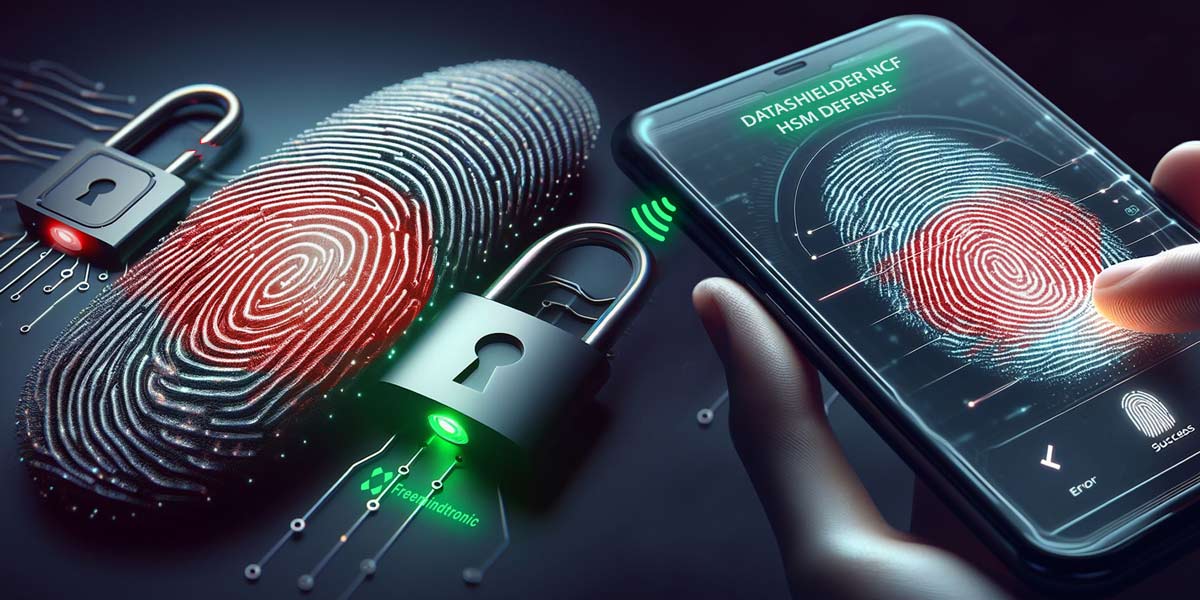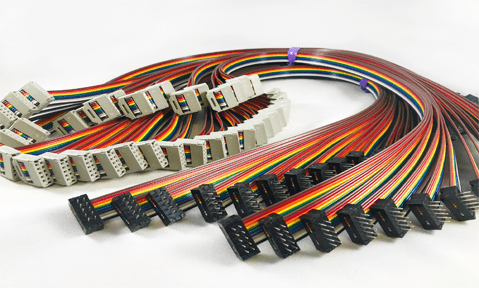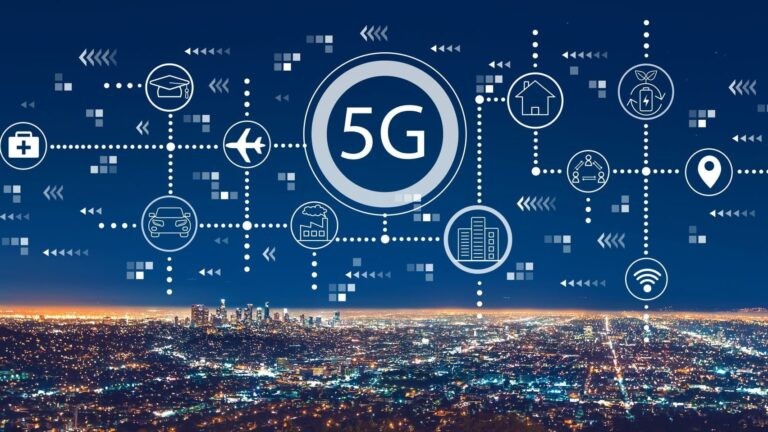Overview
In a time when identity theft and security lapses are common, old-fashioned authentication techniques like PINs and passwords are growing progressively inadequate. Because they are among the most dependable and practical ways to confirm identity, fingerprint scanners have led the way in the enormous rise in popularity of biometric technology. This article examines fingerprint scanners’ history, technology, types, uses, benefits, drawbacks, and future trends, highlighting how important they are to improving security in a variety of industries.
1. evolution of fingerprint scanners
a. Origins of Fingerprint Technology
The use of fingerprints for identification dates back to ancient civilizations. Babylonian merchants used fingerprints on clay tablets to identify transactions. Meanwhile, in the late 19th century, Sir Francis Galton conducted research on the uniqueness of fingerprints. His research laid the foundation for modern fingerprint analysis.
In 1901, Alphonse Bertillon developed the first systematic method of identifying individuals using physical measurements and fingerprints, but it was not until Edmond Rocard in 1910 that fingerprints became a standard tool for criminal identification.
b. The Rise of Automated Fingerprint Identification Systems (AFIS)
The advent of computers in the mid-20th century revolutionized fingerprint analysis. The Automated Fingerprint Identification System (AFIS) was developed to electronically store, retrieve, and match fingerprints; the FBI introduced AFIS in 1999, enabling law enforcement to quickly and accurately identify criminals.
c. Emergence of Consumer Fingerprint Scanners
As technology advanced, fingerprint scanning became more accessible to consumers: in 2013, Apple introduced the Touch ID feature on the iPhone, integrating fingerprint identification into the mobile device and popularizing this technology to the general public. This marked the dawn of a new era in biometric security.
2. How a Fingerprint Scanner Works

a. Basic components of a fingerprint scanner
Sensor: The sensor captures the fingerprint image. Various technologies are used for sensing, including optical, capacitive, and ultrasonic.
Processing unit: The processing unit converts the captured fingerprint image into a digital format for further analysis.
Algorithms: Advanced algorithms analyze the unique patterns of fingerprints and extract key features such as ridge ends and branches.
Storage: The processed fingerprint data is stored in a database for reference during future authentication attempts.
b. Fingerprint Scanning Process
Image Capture: The user places his/her finger on the sensor to capture the fingerprint image.
Image Processing: The scanner processes the captured image to increase sharpness and remove noise.
Feature Extraction: An algorithm identifies and extracts key features from the fingerprint to create a unique template.
Matching: During authentication, the scanner compares the captured fingerprint template with the template stored in the database to determine a match.
Determination: If a match is found, access is granted to the user; if no match is found, access is denied.
c. Types of Fingerprint Scanners
Optical Scanner: Optical scanners use light to capture fingerprint images. Light is irradiated onto the finger and the reflected light is captured. Optical scanners are widely used but may be vulnerable to spoofing with high-quality fingerprint replicas.
Capacitive Scanners: Capacitive scanners use an electric current to create a fingerprint image. They measure the difference in capacitance between the ridges and valleys of the fingerprint. Capacitive scanners are more secure than optical scanners and are popular in mobile devices.
Ultrasonic Scanners: Ultrasonic scanners use high-frequency sound waves to capture fingerprint images. They are highly secure and difficult to impersonate because they can produce a detailed 3D image of the fingerprint. Ultrasonic technology is increasingly used in smartphones.
Thermal Scanners: Thermal scanners capture the heat emitted by a finger to create a fingerprint image. Although not common, they can be effective in certain environments where moisture or dirt can interfere with other scanning techniques. 3.
3. fingerprint scanner applications

a. Mobile devices
Fingerprint scanners have become a standard feature of smartphones and tablets, allowing users to unlock their devices and securely authorize transactions. The convenience of fingerprint identification improves user experience and security.
b. Financial Transactions
Many banks and financial institutions use fingerprint scanners for secure authentication during online banking and mobile payments. This added layer of security helps prevent unauthorized access to sensitive financial information.
c. Law Enforcement.
Fingerprint scanners are an essential tool for law enforcement agencies in criminal investigations. By matching fingerprints found at crime scenes with those in the AFIS database, law enforcement officers can quickly identify suspects.
d. Access control systems
Fingerprint scanners are widely used in access control systems in offices, government buildings, and secure facilities. Fingerprint scanners provide a reliable method of verifying identity and ensure that only authorized personnel have access to sensitive areas.
e. Attendance Tracking
Many organizations use fingerprint scanners to track employee attendance and manage payroll. This eliminates the possibility of buddy punching, where one employee comes to work in place of another, and ensures accurate attendance records.
f. Health Care
In a health care environment, fingerprint scanners enhance patient identification and medication administration. By verifying patient identity through fingerprint scanning, healthcare providers can reduce the risk of medication errors and improve patient safety.
4. benefits of fingerprint scanners

a. Increased Security
Fingerprint scanners provide a high level of security compared to traditional authentication methods. Because fingerprints are unique to each individual, they are difficult to duplicate or forge.
b. Convenience
Fingerprint scanning is fast and convenient, allowing users to authenticate their identity with a simple touch. This ease of use has encouraged widespread adoption by both consumers and businesses.
c. Fraud Reduction
The use of biometric authentication can greatly reduce the risk of identity theft and fraud. Fingerprint scanners are less susceptible to hacking than passwords and PINs.
d. Cost-effectiveness
Implementing fingerprint scanners is cost-effective in the long run. Organizations can reduce expenses associated with password management and security breaches, resulting in a positive return on investment.
e. Audit Trail
Fingerprint scanning systems can generate detailed logs of user access and activity. This capability allows the organization to maintain a comprehensive audit trail for compliance and security purposes.
5. fingerprint scanner challenges and limitations
a. Spoofing Risk
Despite their security advantages, fingerprint scanners are not immune to impersonation. High quality replicas of fingerprints can fool optical scanners. However, advanced scanners, such as capacitive and ultrasonic, are designed to detect and prevent impersonation attempts.
b. Environmental Factors
Fingerprint scanners may struggle to perform under certain environmental conditions. Factors such as moisture, dirt, and skin conditions can affect the quality of the captured fingerprint image and lead to false rejection.
c. User Acceptability
Although fingerprint scanners offer many advantages, some users are hesitant to adopt biometric technology due to privacy concerns. Organizations must address these concerns through transparent communication and education.
d. Maintenance and Cost
Fingerprint scanning systems require regular maintenance and calibration to ensure optimal performance. In addition, the initial investment in biometric technology may be a barrier for some organizations.
e. Limited Compatibility
Not all systems and software are compatible with fingerprint scanning technology. Organizations should ensure that their existing infrastructure is compatible with biometric authentication prior to implementation.
6. Future of Fingerprint Scanners
a. Integration with Artificial Intelligence
The future of fingerprint scanners may involve the integration of artificial intelligence (AI) and machine learning algorithms. These technologies will increase the accuracy and speed of fingerprint recognition, enabling real-time matching and improved user experience.
b. Multimodal Biometrics
To further enhance security, future fingerprint scanning systems may incorporate multimodal biometrics. This approach would combine fingerprint recognition with other biometric modalities such as facial recognition and iris scanning to provide an additional layer of security.
c. Advanced Anti-Spoofing
As impersonation technologies evolve, manufacturers will likely develop advanced anti-spoofing measures for fingerprint scanners. This could include the use of activity detection technology to assess whether the fingerprint being scanned is that of a real person.
d. Widespread adoption in IoT devices
Fingerprint scanners are expected to become increasingly prevalent in Internet of Things (IoT) devices, providing secure access and authentication for a variety of applications ranging from smart homes to wearable technology.
e. Enhanced User Experience.
Future fingerprint scanners may focus on improving the user experience through faster recognition times and seamless integration with various platforms. This will facilitate wider adoption and use.
7. CONCLUSIONS
Fingerprint scanners have revolutionized the way we approach security and authentication. Due to their rich history, advanced technology, and diverse applications, fingerprint scanners are poised to play an important role in enhancing security in a variety of areas. As biometric technology continues to evolve, fingerprint scanners are likely to become even more secure, convenient, and widely adopted, becoming an essential tool for protecting identity in an increasingly digital world.







